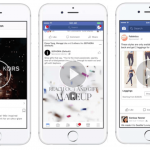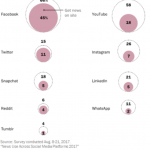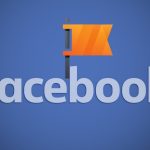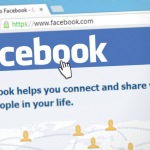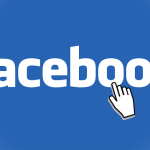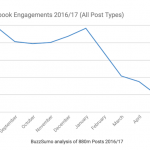How Facebook Used Science And Empathy To Reach Two Billion Users
By Harry McCracken , June 27, 2017
As of (July 13, 2017) afternoon, Zuckerberg said over 650 students had registered [to] use thefacebook.com. He said that he anticipated that 900 students would have joined the site by this morning.
“I’m pretty happy with the amount of people that have been to it so far,” he said.
—The Harvard Crimson, “Hundreds Register for New Facebook Web Site,” February 9, 2004
From almost the moment that a Harvard sophomore named Mark Zuckerberg launched a site designed to help his classmates find each other, one of the most notable facts about Facebook has been that it just keeps getting larger. Just as the Crimson marveled at the service approaching 900 users after less than a week, it was a news-making mindbender when the service hit 100 million users in 2008, 500 million in 2010, and a billion in 2012.
And today, less than half a decade after reaching one billion monthly active users, Facebook is announcing that it has two billion of them. The fact that it’s still finding new members at such a rapid clip–more than thirteen years after its founding, and long after it ran out of easy pickings–startles even the company’s VP of growth, Javier Olivan.
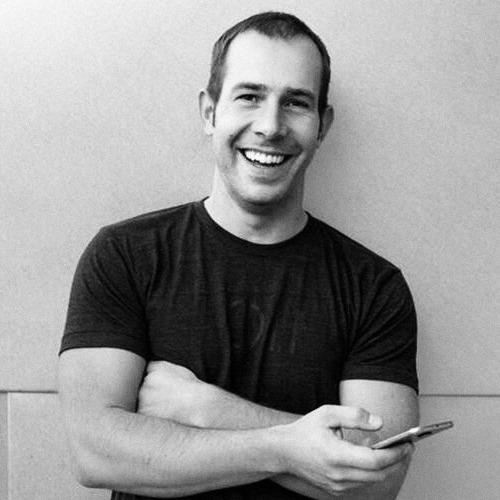
“I would have thought that the fastest growth would have been at the time where we were launching so many languages and making it available for so many people in different countries,” he told me recently when I visited Facebook headquarters in Menlo Park, California. “But it turns out we’re actually at peak growth now, a few years later.”
Even if Olivan didn’t anticipate Facebook’s enduring success at expanding its ranks around the world, he’s one of the people who can claim credit for it. A decade ago, he was a founding member of the company’s first team officially dedicated to scaling up its membership base. He’s been at it ever since. So have three other members of that original eight-person growth team: VP of social good Naomi Gleit; director of core data science Danny Ferrante; and VP of growth marketing, analytics and internationalization Alex Schultz. Their work has been widely envied and imitated throughout the tech industry, and the in-house expertise they’ve shared helps explain why Facebook’s other big services–Instagram, WhatsApp, and Messenger–are growth phenoms themselves.
By thinking about growth the way Facebook thought about every other aspect of its experience, the team redefined how internet companies go about scaling themselves up. “We were one of the first teams to really have a data-driven, product-driven approach to growth, which was historically more of a business function,” says Gleit, who joined Facebook in 2005 after writing about the tiny startup for her Stanford senior thesis, and is now the company’s second longest-tenured staffer after Mark Zuckerberg himself. “PR and marketing were supposed to drive news.”
Related Video: Marck Zuckerberg In A Minute
But as fabulously effective as these staffers and others who have joined them in subsequent years have been, they’ve never obsessively restricted their mission to the nuts and bolts of recruiting new members. Facebook’s efforts to bring internet connectivity to more of the world through means such as solar-powered drones, for instance, were sparked by the realization that the service could only keep growing if the number of people who were online did. The Safety Check feature that lets members mark themselves as safe in the event of crises such as natural disasters also spun out of the growth team’s work. So did the recent GoFundMe-like tools for personal charitable fundraising. Facebook is even applying the growth team’s learnings to the measures it takes to suppress fake accounts and objectionable content. And when the company decided to shear Messenger off from the main Facebook service into an app of its own, it asked the growth team to supervise the divvying process.
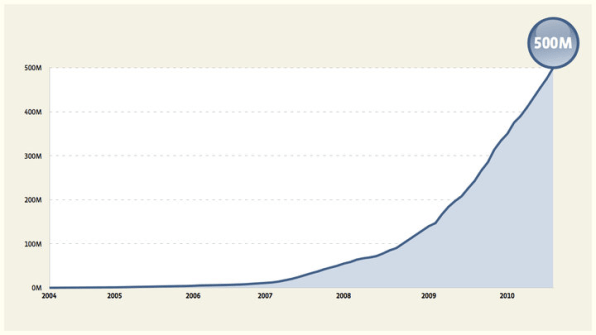
If all of these disparate projects have anything in common, it’s that their success is contingent on the company combining data science with an empathetic understanding of what people want out of Facebook, an approach that the growth team developed early on and continues to apply to new initiatives as they pop up.
“Sometimes I think of us like a SWAT unit or like a ninja team,” says Gleit. “We don’t have to work on just growth, we can take on new problems and then hire people that are smarter than us to take them to the next level.”
The 70-Million User Ceiling
From Facebook’s earliest years, it grew–but not because it had already turned growth into a science or developed unique expertise about the subject. Even in 2007, it was still worrying about basic stuff like search-engine optimization. (That seems odd today, given that the social network has long been a walled kingdom that doesn’t let Google inside to index its posts–but at the time, people still found Facebook by Googling for it.) The company recruited Alex Schultz from eBay to help with such matters. “It wasn’t like it was particularly tough work, but Facebook had nobody who did online marketing and my background was online marketing, my entire career,” he remembers.
Soon after Schultz arrived, Facebook faced a stark challenge: It began to look like the site might have peaked. “Everyone had been on this kick of, ‘We’re going to have billions of users, we’re going to get everyone in the world on this thing,’ and then we stopped at like 70 million,” he says. “Then everyone started panicking about whether or not we could even get to 100 million active users.”
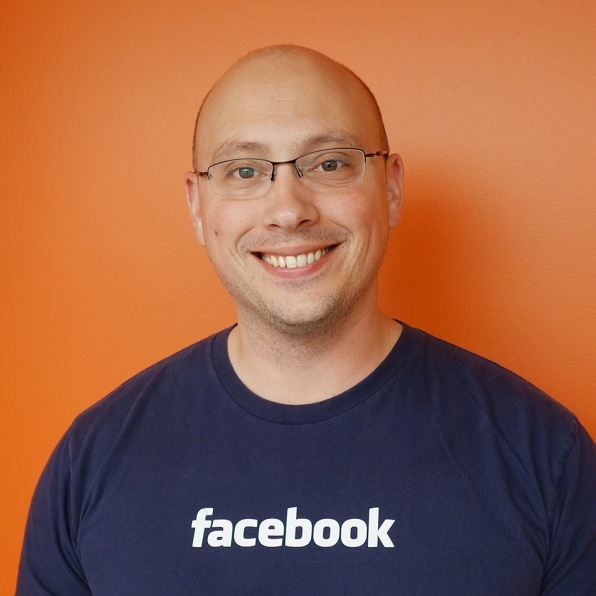
As his team strategized how to get Facebook to 100 million users, international growth was an obvious opportunity, but one that was contingent on the service being available in more languages. Instead of methodically checking off other widely used tongues–like MySpace, which followed up English with French, Italian, German, and Spanish—the company built functionality that allowed Facebook members themselves to implement new languages. That approach made the service available even in obscure dialects, assuring that nobody would be denied access to Facebook solely because of a language barrier. And it turned out that the volunteer translators understood their work in ways that paid experts might not have.
“The translations were really good, better than when you use professionals, because the community understood the product really well, and there are concepts on Facebook that are kind of hard, like tagging someone,” Olivan says. “How you translate that? Or poking someone, or writing on someone’s wall?” Facebook users answered those questions in the process of translating the service into over 100 languages to date.
In the early days, Facebook’s sign-up process was a click away from the home page and involved five screens’ worth of fields. The company ground that down to seven fields embedded directly in the home page, making it impossible to miss and a breeze to complete. Once signed up, new users only found value in Facebook if they could locate their friends. So the home page also got a link to a contact importer developed by Blake Ross, the co-creator of Firefox, who was a member of the growth team at the time.
None of these steps were strokes of genius on their own, but in aggregate, they had a powerful effect: “It was massive best practices,” says Schultz. Thanks in part to them, Facebook got growing again and announced it had signed up its hundred millionth user in August 2008.
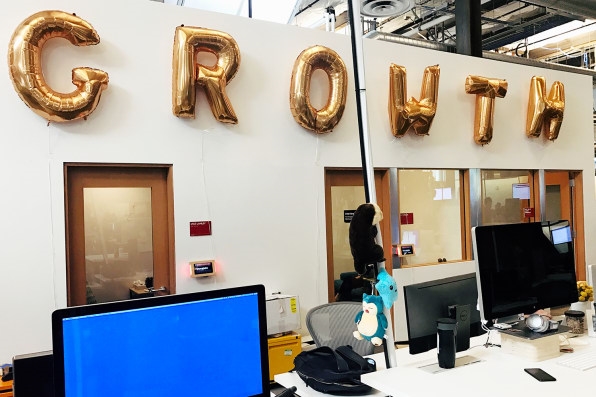
By early 2009, many of the most straightforward tweaks had already been put into effect, so the growth team turned its attention to data. It began to track the flow of techniques it used to find, sign up, and engage new users, allowing it to judge their effectiveness on a granular level.
“It was really obvious stuff like how many emails did we try to send?,” Schultz explains. “Did we send them? Did they arrive? Were they opened? Were they clicked? Did the people actually come to our site? And did they convert?” Working with data expert Danny Ferrante, team members created a system of “growth accounting” that broke their work down into components–new signups, the churn of members who became inactive–and helped them understand the effect of changes they made.
By paying attention to such matters, Schultz says, a bunch of Facebook employees in Silicon Valley learned to tell whether what they had built resonated with specific groups of people around the world. (His example user: a farmer in rural Punjab, India, who’s using the internet, including Facebook, for the first time.) “In the Valley, there is this myth that you optimize for metrics or users, and as the head of analytics for Facebook, arguably the biggest big data company in the world, I think that is fundamentally flawed,” he argues. “At its heart, data gives you empathy.”
Growth Goes Mobile
At the same time that the growth team was ramping up, the mobile age of computing was dawning–a transformation that had a profound impact on the growth group’s work. “We saw that a lot of the people that were joining the product at that time and now, are not like us, using high-end Androids or iPhones with 4G connectivity,” says Olivan. “They were actually people in really bad networks with very low-end devices. And our products were not necessarily working well in those type of devices.”
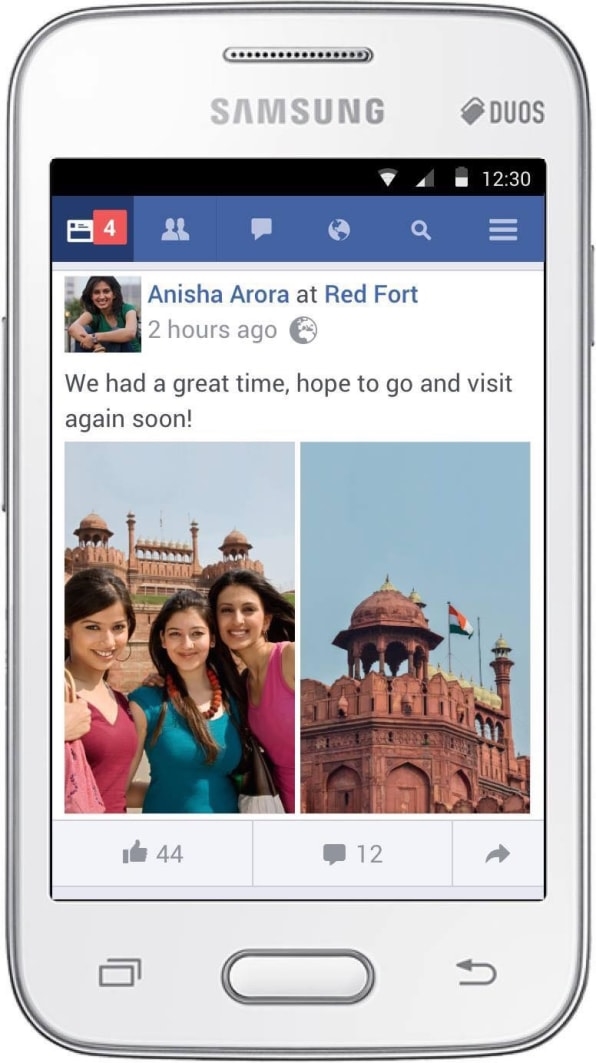
In 2011, the growth team instigated Facebook’s acquisition of Snaptu, an Israeli startup that, on its own, had created a stripped-down version of Facebook designed to run on basic “feature phones.” That technology, which requires neither a cutting-edge smartphone nor a high-speed data network, eventually morphed into Facebook Lite, a minimalist version that is a vital component of the company’s growth strategy. In February, Mark Zuckerberg reported that it has 200 million users in countries such as Vietnam, Bangladesh, and Nigeria.
But the challenge of making Facebook make sense in emerging markets is only partially a technical one. Getting new members up and running on Facebook is a wildly different challenge than it was in the days when a typical newbie to the service was a computer-literate person who’d grown up in the era of desktop PCs. Today, a newcomer to Facebook is more likely to use it on a phone, and may still be early in the process of figuring out the internet, period. That changes everything about the design decisions that go into the initial sign-up steps, the process of logging in, and other aspects of the service that Facebook long-timers never even stop to think about.

“We have email accounts,” says head of design Luke Woods, who joined Facebook in 2011. “We know what an account is. We have a conceptual model of what Wi-Fi is and that you might be able to get it here, but not get it there. Things like that. We find that we really have to check a lot of these basic core assumptions.”
If you’re reading this article, chances are that you signed up for Facebook eons ago on a PC, don’t remember the details of the experience, and are unaware of what a new user encounters in 2017. But the company continues to refine the process. The home screen that once used a utilitarian blue wall now features some imagery of people sharing stuff to convey Facebook’s purpose. It replaces “Sign Up For Facebook” with the more straightforward “Create New Facebook Account.” And it gives you a “Forgot Password?” link without making you type in an incorrect password first.
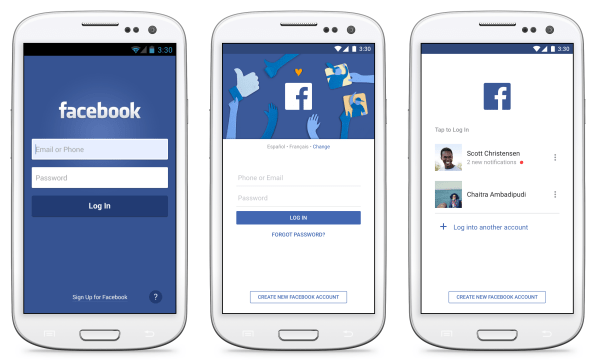
Another assumption about phones that Facebook had to discard: the notion that they’re always personal devices. In some of the service’s fastest-growing markets, it’s common for multiple people to share one phone, as the members of an American family might do with a desktop PC. So the company built an account switcher that makes it possible for two or more people to share the Facebook app without having to manually log in and out.
Will the growth team ever see another sea change as significant as that of the transition from the PC to mobile devices? Maybe–as a company, Facebook is certainly betting big on VR—but for now, the important point is that the mobile shift is still a work in progress rather than a mission accomplished. “I think that people might be too quick though to think of mobile as the past or to be anticipating what the next thing might be,” says Woods. “So many people are coming online for the first time on their mobile phones.”
From Sign-Ups To Safety Check And Beyond
Facebook’s Safety Check feature sprung out of the growth effort in a way the company could never have planned. In 2011, it sent a team to Japan to research the needs of consumers in that country, where people used unique local models of phones that made it a special use-case scenario. “One week later, literally, the whole Fukushima tsunami disaster happened, so we had to evacuate our engineers,” says Olivan. “It was like, some 23-year-old guys lost in Tokyo … so we evacuated them to south of Japan. They were there in Fukuoka just stranded in a hotel.”
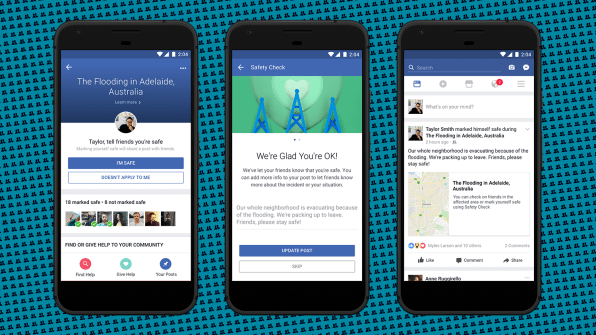
At a safe remove from the danger, the employees realized that Facebook would be a useful way for people in similar situations to alert friends and family. “They basically hacked together Safety Check, which was the first version of the product that we now deploy,” Olivan says.
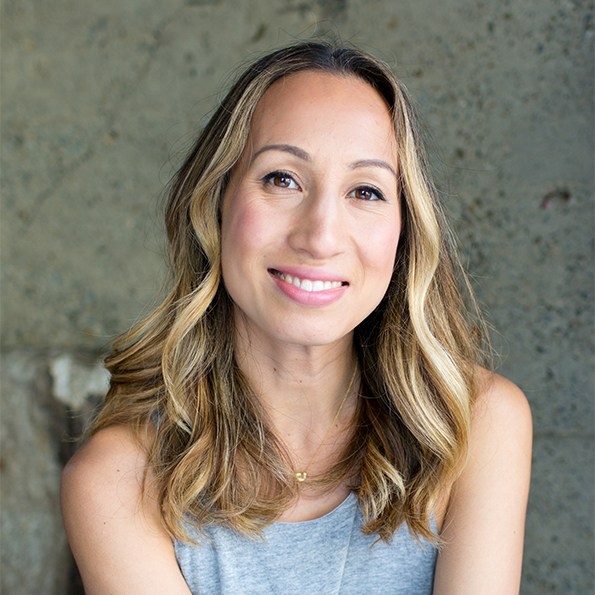
[Zuckerberg] wants us to take this data-driven, product-driven approach and apply that to other problems because it’s not unique, per se, to growth,” says Gleit, who as VP of social good is leading this intermingling of efforts. Among her responsibilities: Safety Check, fundraisers, and the steps that Facebook is taking to deal with some of its most serious problems, such as the broadcasting of suicides on Facebook Live.
The influence of Facebook’s growth team is felt in the fact that Gleit’s social-good projects have metrics attached to them, rather than simply being fuzzy and aspirational. “At a high level, we want to drive real world actions, and real world actions are things that actually have some sort of impact in the real world,” she says. For the fundraiser feature, for example, the benchmark is the number of dollars that get raised for charity.
Going about its work in such a practical fashion–and sticking with it until the desired results fall into place–is what has made the growth team so instrumental to the Facebook story. “I don’t actually think our killer feature as a team is that we’re smart,” says Schultz. “I think our killer feature is that we’re good at executing.”
But Olivan brings up another killer feature that helps explain the growth team’s success: the fact that vast numbers of people care about what Facebook offers. “No growth team in the world can grow something that has no value,” he says. “Indeed, you see all these viral schemes that just implode on themselves because there’s no retention, no product-market fit.” The fact that Facebook coupled a service with near-universal appeal with such diligent steps to broaden its user base is what got it across the two-billion user line–a lesson, both sobering and inspiring, for any startup that dreams of joining it there someday.
Facebook’s growth team has a methodical approach to understanding what new users want, and a surprisingly broad mandate.
As of (July 13, 2017) afternoon, Zuckerberg said over 650 students had registered [to] use thefacebook.com. He said that he anticipated that 900 students would have joined the site by this morning.
Fast Company , Read Full Story
(89)



